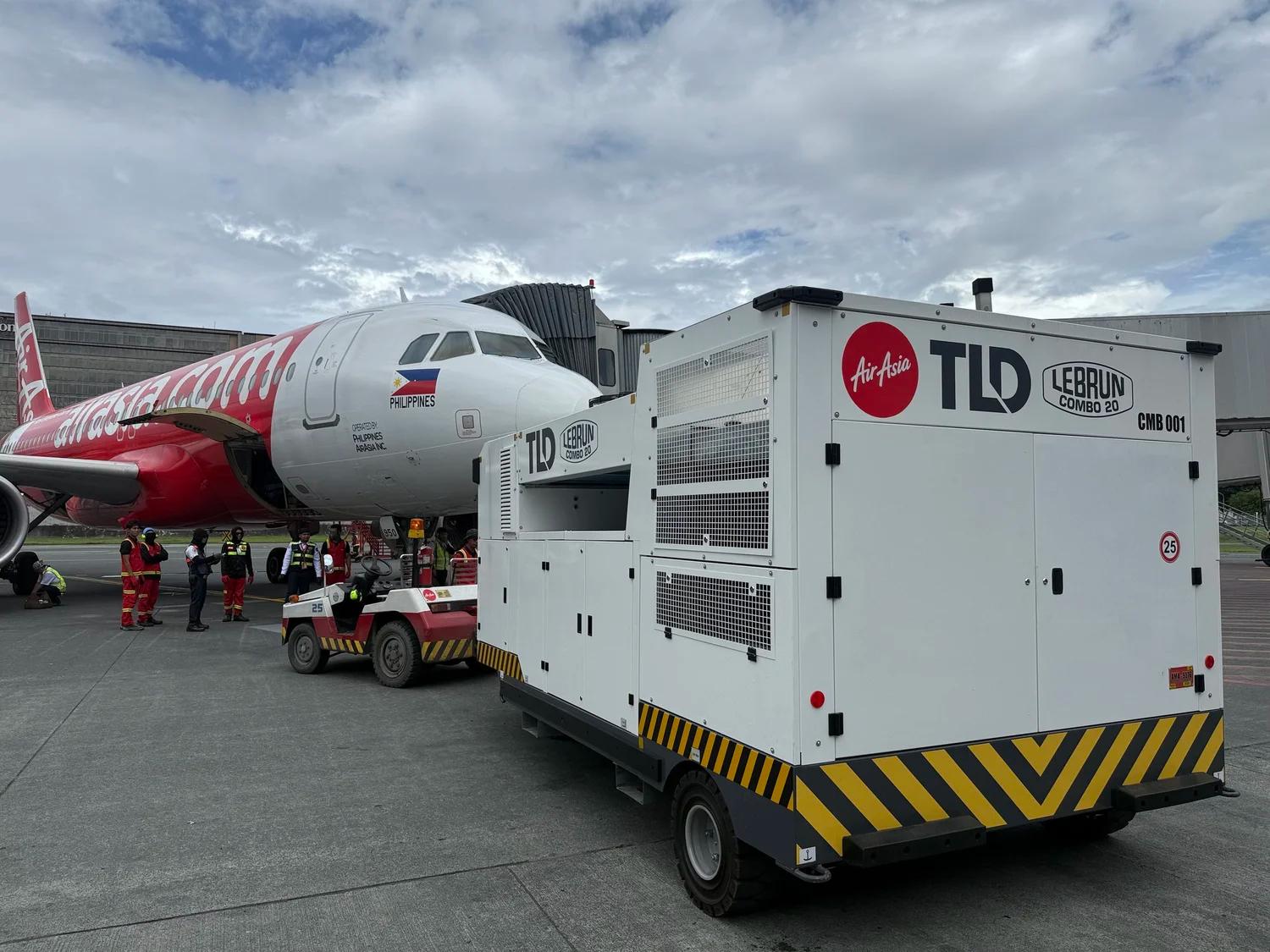AirAsia Philippines is strengthening its commitment to sustainable aviation by integrating Combo Units - air conditioning and ground power units combined into one system - into its ground service operations.
This new equipment is designed to enhance fuel efficiency and minimize carbon emissions.
According to AirAsia, the implementation of Combo Units in the Philippines marks a crucial step in localizing AirAsia Aviation Group's regional push for lower-carbon operations.
AirAsia Philippines is the second airline in the group to introduce this cutting-edge ground support technology at Ninoy Aquino International Airport (NAIA) after a successful rollout in Malaysia.
The airline added that the Combo Units provide aircraft on the ramp with sufficient electrical and air-cooling capabilities during pre-flight and transit.
The technology aims to reduce an aircraft's dependence on its auxiliary power unit (APU). This is expected to cut ground emissions by as much as 90 percent when used optimally, all while ensuring passengers have a comfortable boarding experience.
The measure also helps reduce air and noise pollution on the ramp, leading to better working conditions for baggage handlers and ground technicians.
The deployment of two Combo Units is expected to deliver an estimated 1,300 tons of carbon dioxide reduction each year.
"Our efforts to reduce emissions go hand in hand with improving the travel experience of our guests. The Combo Units not only lower our fuel consumption and carbon footprint but also ensure our guests remain comfortable while the aircraft is at the ramp, ready for their purposely journey," Suresh Bangah, CEO of AirAsia Philippines, said.
The airline stated that this initiative complements AirAsia Philippines' fuel efficiency program, which collectively helped the low-cost carrier save 3,851 tons of fuel and avoid 12,169 tons of carbon dioxide emissions in 2024.
These fuel efficiency measures delivered an improvement in AirAsia Philippines' carbon intensity.
The airline's carbon dioxide per available seat kilometer dropped by 1.2g to 73.9g with the biggest contribution by efficiency improvements, while carbon dioxide per revenue passenger kilometer fell by 3.1g to 82.8g due to higher load factors.
Photo Courtesy: AirAsia Newsroom
#WeTakeAStand #OpinYon #OpinYonNews #AirAsia #Aviation
